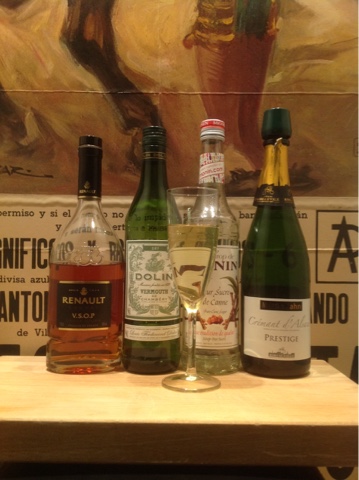Tonic water works wonders as a mixer: It's clean, bitter, slightly sweet, and you don't want to drink it by itself. Let Bénédictine, the most elegant of liqueurs, be its base spirit, and you have a superbly refreshing and delightful afternoon long drink with subtle herbal and spicy aromas and flavours. Notes of honey and vanilla linger after each sip. Classy in every way.
4 cl Bénédictine liqueur
Tonic Water
Lemon zest
Pour the liqueur into a tall glass filled with ice, top with tonic, and add a lemon twist.
D.O.M, by the way, is an acronym for Deo Optimo Maximo which means God infinitely good, infinitely great. Bénédictine refers to the monks of the Benedictine Order in the abbey of Fécamp in Normandy who made the elixir that eventually became the liqueur we know today.
Source: madame Figaro, 2017


















